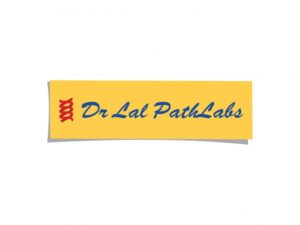Dr Om Manchanda, Managing Director, Dr Pathlabs spoke about the transformation in the diagnostic industry in a video. Here is an edited excerpt of that conversation.
Manchanda said that the diagnostic industry has undergone a monumental transformation in the past three years, with significant shifts in patient behavior, the emergence of startups, increased competition, and a widening geographical footprint. These changes, along with advancements in technology, are reshaping the landscape of medical diagnostics and ushering in a new era of healthcare.
Changing Patient Behavior
A remarkable aspect of this transformation is the changing behavior of patients. This shift was already underway before the COVID-19 pandemic, but the events of the past three years have accelerated this change. Patients now demand a higher level of convenience in their diagnostic experience. This convenience encompasses various aspects, such as booking tests online, avoiding long queues, making online payments, and having samples collected from the comfort of their homes. Furthermore, patients seek a seamless and user-friendly experience through mobile apps, a trend reminiscent of tech-driven consumer behavior seen in other industries like food delivery and e-commerce.
A significant change is the increasing inclination of patients to take charge of their own health. Many individuals are now opting for comprehensive bundles of tests, often referred to as bundle tests or preventive health checkups. This growing proactive approach to healthcare is a testament to patients’ evolving expectations and the industry’s response to these changes.

Intensified Competition
The competitive landscape in the diagnostic industry has evolved significantly. While competition was traditionally concentrated among smaller labs, larger, organized chains have entered the fray. Previously, the industry was dominated by a few established names. However, today, pharmaceutical and hospital giants, along with newcomers have joined the competition. As a result, the industry’s bandwidth and intensity of competition have grown exponentially over the past few years.
Geographical Expansion
The geographical reach of world-class diagnostics is expanding rapidly. While the industry has historically been urban-centric, it is now extending its reach to tier-2 and tier-3 cities and even the outskirts. This shift is expected to act as a catalyst for further industry growth, making quality diagnostics more accessible to a broader population.
Key Growth Drivers
Several factors are propelling the growth of the diagnostic industry. Evidence-based medical practice has become a cornerstone of modern healthcare, with doctors ensuring that patients undergo the necessary investigations before prescribing treatment. Additionally, diagnostics has transcended its role of confirming medical conditions and has evolved into a tool for healthy individuals to take control of their own healthcare through preventive and predictive health measures. This has led to the increasing preference for diagnostic packages over single tests, fueling industry growth. The democratization of quality diagnostics and the expansion of services to previously underserved areas have also played a pivotal role in the industry’s growth, bringing advanced healthcare options to a more diverse population.

